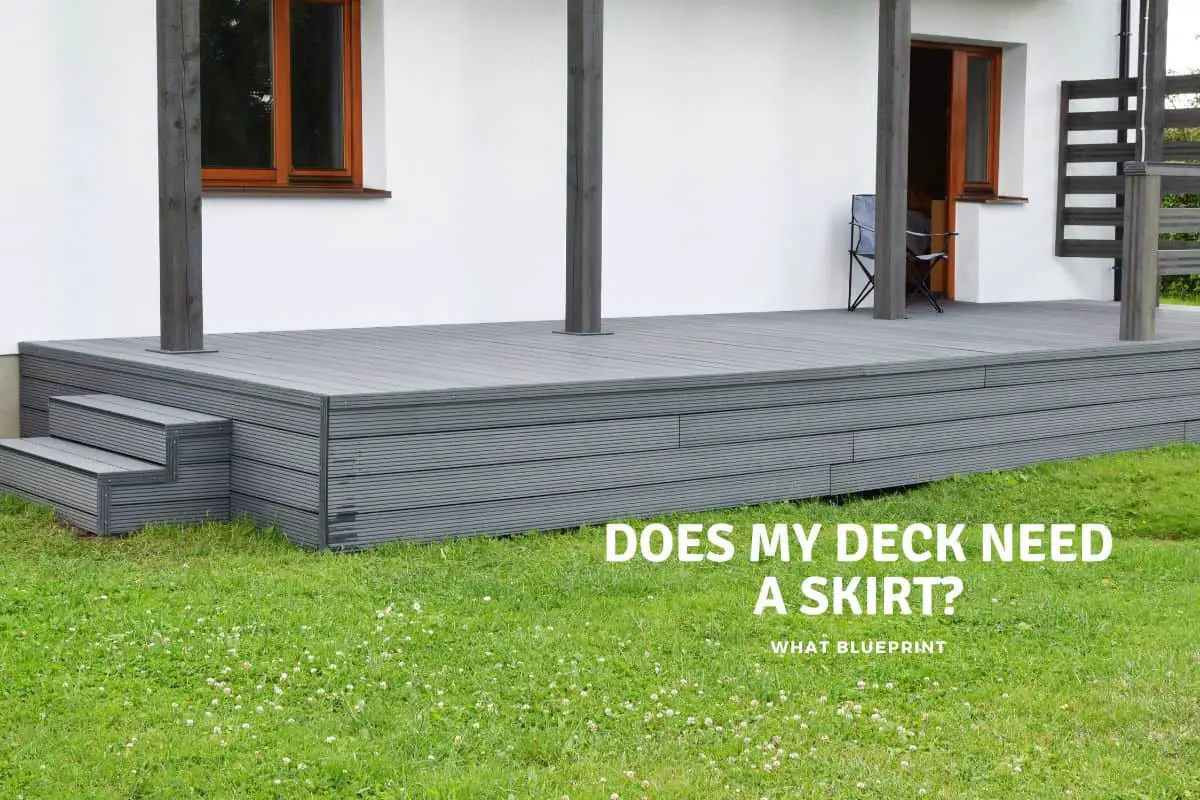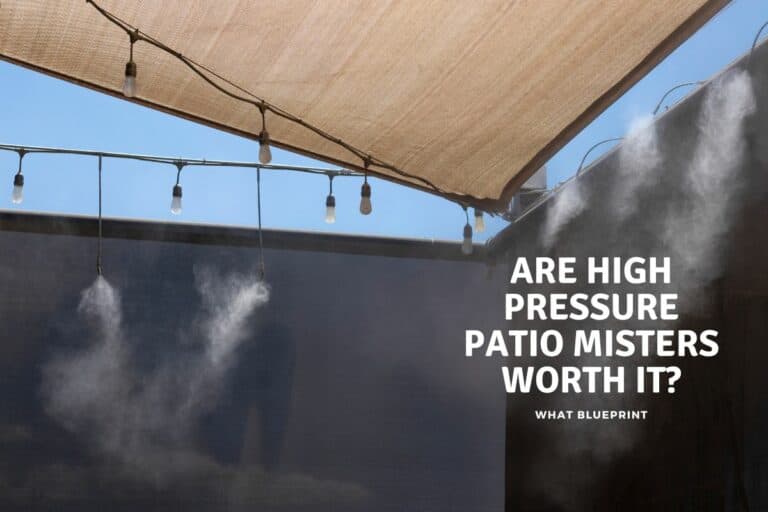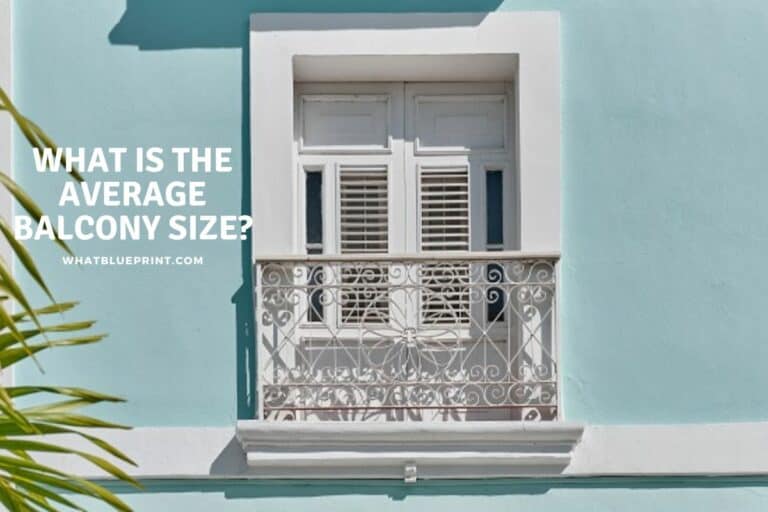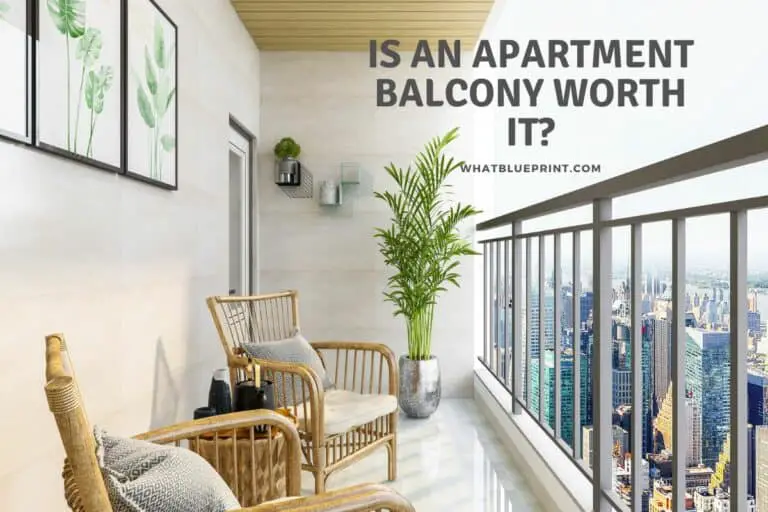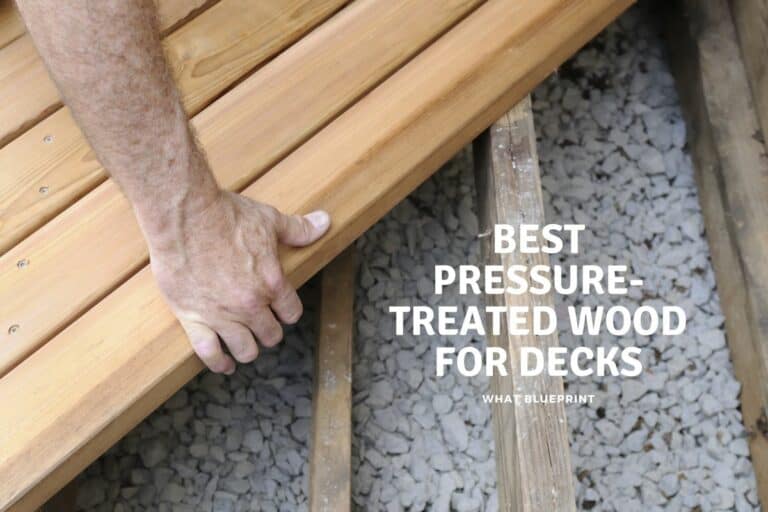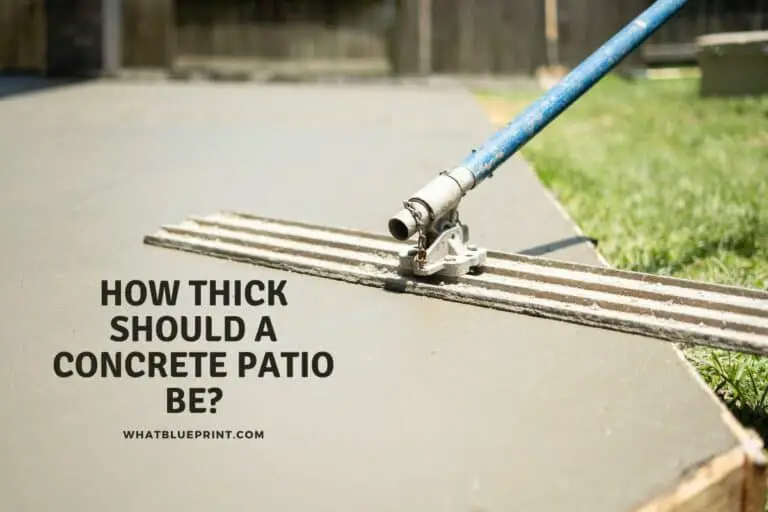Does My Deck Need A Skirt?
Building a deck to increase your living and entertainment space is a wonderful way to increase the value of your home while at the same time enhancing your lifestyle. There’s a lot of thought that needs to go into this addition, from the design of the deck, the style of edging and skirting, to the choice of materials and the method of construction – do you build it yourself or bring in a specialist? A lot depends on how elaborate a structure will be.
From a safety viewpoint, it is not essential to include a skirt. It is not a support structure and can safely be omitted. However, there are several very good reasons to include a skirt in your deck design, and few reasons not to, so we strongly recommend adding one.
A skirt is simply a way of partially or fully closing the gap between the deck and the ground beneath it. Some people may prefer to leave the space open, but a skirt will add the finishing touch to any deck and offers numerous advantages. There are literally hundreds of skirting ideas, using varied materials, designs, and concepts to allow you to customize the skirt to suit your exact requirements.
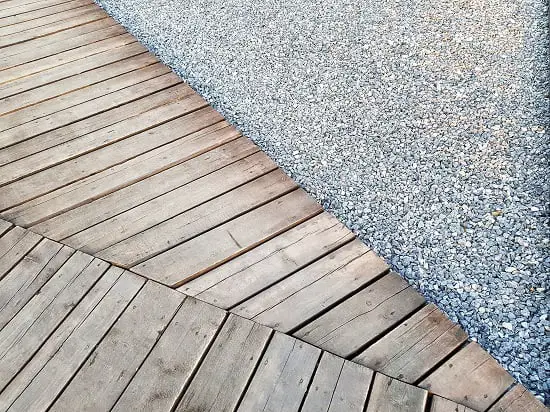
Reasons For Adding A Skirt To Your Deck
If your deck is at, or just above, ground level, a skirt is not necessary, as there is no space underneath the deck that can be utilized or that needs to be screened off.
Conversely, suppose the deck is raised more than four or five feet above the ground. In that case, you’ll need to be careful to avoid the skirting looking like a solid wall underneath the deck, so the design is all-important.
A Skirt Enhances The Appearance Of Your Deck
Skirting not only gives the deck a finished look but also hides the beams and joists of the framework that supports the decking. Unless you particularly want that raw and rustic look that the exposed beams give, an attractive skirt will add a lot to the beauty of the structure.
A Skirt Provides Secure Storage Space
Depending on how high your deck is raised above the ground, that dead space underneath it can provide the perfect place to store garden equipment, ladders, suitcases, and other items that remain undamaged outdoors. A lockable door built into the skirt will ensure their safety and allow easy removal of any items that may be needed.
Skirting Is Also A Safety Measure
The space under the deck is a great hiding place for kids but not very safe because it’s also a home for unwelcome creatures like spiders, rats, and other rodents. So a skirt, depending on the design, will be a barrier to children if not to the critters.
Some Reasons For Not Putting A Skirt On Your Deck
We mentioned that there are some reasons not to build a skirt around the deck. Here are a few that need to be considered:
- The expense – depending on the size of your deck and your choice of material, it may add more to the total cost than you’d budgeted for. If that is the case, remember that as it’s not a load-bearing component, it can be added whenever it suits you.
- Maintenance – because the skirt lies between the deck floor and the ground, it may receive rain run-off from both sides, causing faster deterioration than the rest of the deck unless regular maintenance is carried out.
- Appearance – if your deck is elevated high above, say, a sloping yard, a solid skirt will look more like a wall and may even detract from the visual beauty of the structure.
- If you’re planning on using landscaped plants as a screen around the deck, the skirt might not be necessary at all and will be hidden once the plants reach full height.
- If the exposed beams and joists fit in with the overall look of the area, and you don’t require the additional storage space, there may be no good reason to install a skirt.
These are all sound reasons, but nevertheless, your deck will benefit significantly from the addition of a skirt. We will discuss some options available to you in terms of skirting designs and the materials that are available to you.
There Is A Wide Range Of Materials For Deck Skirting
Generally speaking, most skirts are made from the same material as the deck itself in order to present a coordinated look. However, with all the other options available, it might also be an idea to look at a strongly contrasting skirt to create a really striking visual effect.
Wood Is Still The Most Popular Choice
There’s nothing like the natural warmth of wood for deck and skirting, and it remains the most commonly used material. Cedar is the popular choice, but Ipé, cedar, redwood, and mahogany are just some of the other options.
Pressure-treated wood has been impregnated with chemicals that protect it from rot and infestation and will reduce future maintenance costs. It’s very affordable, durable, and therefore a wise choice if you’re going to use wood for your skirting, but bear in mind that it still requires regular care and maintenance.
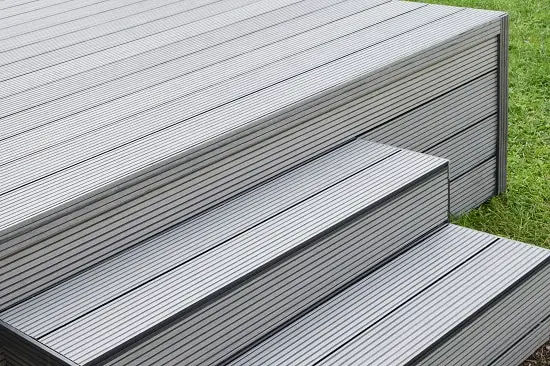
Composite Skirting Is A Great Alternative To Wood
Composite wood is made from wood fiber which is mixed with a thermoplastic resin to provide a strong, durable, lightweight product that resembles natural wood but is also available in a wide range of colors.
Composite skirting can be used with natural wood decking. One of its benefits is that it can be stained to match the decking or in a contrasting color, to create whatever effect you want.
Probably the most crucial benefit of using a composite is that it is extremely low maintenance, so while it’s generally a little more expensive than wood, you will save money in the long term.
Vinyl Skirting Is Budget-Friendly
Vinyl or plastic skirting is one of the less expensive skirting options and can be bought in a wide variety of designs, including narrow- or broad-plank panels or even in lattice sections. It doesn’t have the same effect as wood or composite, but it’s less expensive and extremely durable, so worth considering if you’re on a tight budget.
Faux Stone As A Skirting Material
Faux stone has become more popular as the range of products has grown. It offers a versatile and very durable skirting option. It is available in cut form or less uniform rock-like shapes. It provides a skirting that looks like the real thing but is lightweight and totally maintenance-free.
Brick Skirting Is A More Specialized Option
While brick skirting might tie in well with the architecture of your home, it’s one option that is not really one for the home handyman, and you may need a professional bricklayer to install it. The skirt will need a concrete foundation to prevent future cracking. Vents will need to be inserted to allow air to circulate in the space under the deck.
Metal Skirting Allows For Creative Artwork
Metal is an excellent material if you’re after that industrial look for your deck skirting. It also lends itself to being etched with custom patterns and designs to create an artwork of the skirting.
The only word of caution with metal skirting is that it needs to be treated so that it doesn’t rust over time. It will require regular maintenance, but that maintenance is no more than a good clean.
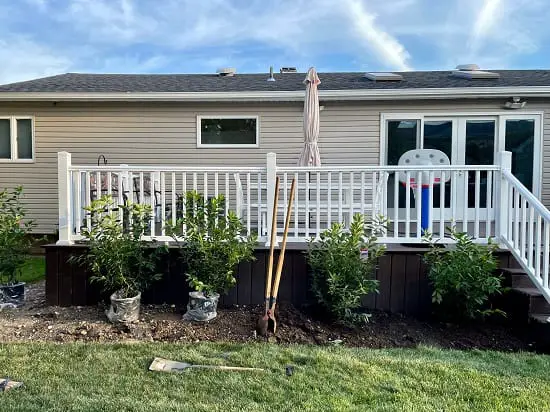
Using Foliage As A skirting For Your Deck
If you want a natural look rather than a construction, planting a hedge around your deck will provide a green screen that will connect your deck to your garden and add to the beauty of both.
It’s going to take a season or two for this type of skirt to become really effective. Of course, it will need constant care and attention to keep it healthy and well-trimmed, but it may well be worth it.
Bear in mind, too, that a plant skirt around your deck is unlikely to keep out the creatures that might make use of the space under the deck.
We have loads of articles on the site to help you choose and design your deck some of which we have linked below and through out the article. If you are at the planning or designing stage feel free to check these out.
Designing Your Wood Or Composite Deck Skirt
How best to enhance your deck with a skirt is really a matter of taste, and the choice is yours when selecting a design. A significant factor is the architecture of your house and how to blend your deck into the overall look. The height of your deck above ground and your family lifestyle will also need to be considered.
- Latticework Skirt – a skirt comprising panels with a crisscross of timber, composite, PVC, or even metal is one of the most popular skirting designs and is easy to make and install. The lattice can be fitted at an angle to create a diamond pattern or straight to make the pattern square or rectangular. Latticework allows for excellent ventilation and an effective barrier. Still, it may be a little fragile if your kids love kicking balls against it!
- Horizontal Plank Skirting – particularly with a low deck, this can be very effective. The planks are fitted, butting each other for a solid wall or with gaps between them to allow for ventilation. A wide variety of plank thicknesses is available either in wood or any of the other materials discussed.
- Vertical Plank Skirting – this is the traditional skirt design and looks particularly good on the more rustic wooden decking. As with horizontal planks, a gap must be left between planks to allow air to circulate in the enclosed space. The skirt can be stained to match the deck or painted to fit in with other architectural items.
If you’re using brick, natural stone or faux stone for your skirting, your design will be unique to the particular situation. There are no general design factors that we can discuss here, as the construction is on a “made-to-measure” basis.
Taking Care Of Your Deck Skirting
Because the skirt is a vertical structure, water, foot traffic, and harsh sunlight are not factors that will affect its durability. Nevertheless, you will still need to take care of the skirt to ensure that it doesn’t deteriorate to the point that it will require significant repairs or replacement.
Regular Cleaning Of The Skirt
The skirt is going to collect dirt, being outdoors, so cleaning regularly will preserve the color and the material itself. Wooden lattice work will be the hardest to clean, and horizontal planks will accumulate dust and dirt on their upper surfaces, which will absorb moisture and cause damage over time.
Regular Repainting Or Varnishing
Keep an eye on surfaces that have been sealed with a wood seal, varnish, or paint. As soon as cracks and peeling appear, it’s time to prepare the surfaces and re-apply the protection. If you fail to do this, planks will warp, wood dry out or rot, and metal corrode.
Ventilation Must Be Maintained
Most skirts need good ventilation to prolong their life, which is why it’s so important for gaps to be provided between slats or vents built into solid skirt panels. Ensure that these are kept clean to allow air through the skirt.
Ventilation is necessary for the skirt, but it’s vital that air circulates around the underpinnings and framework of the deck, as these are loadbearing components and cannot be allowed to deteriorate, or the safety of the deck will be compromised.
Conclusion
Skirting for your deck is not essential from a structural point of view. Still, you do need a skirt on your deck if you want it to look its best and if you don’t want dead space under it, that will accumulate garbage, dirt and the unwelcome visits from your local rodents and other unpleasant critters.
Equally crucial factors that should persuade you that you need a skirt on your deck are that it will provide secure storage space for garden equipment, outdoor furniture, tools and items that would otherwise be cluttering up your garage. Lastly, and most importantly, a skirt is a safety barrier for your young family, who might get hurt by exploring that secret space under your deck.
References
- https://www.woodlanddeck.com/blog/skirting-a-deck
- https://designingidea.com/deck-lattice-alternatives
- https://freshpatio.com/deck-skirting-ideas
- https://designingidea.com/deck-skirting-ideas

